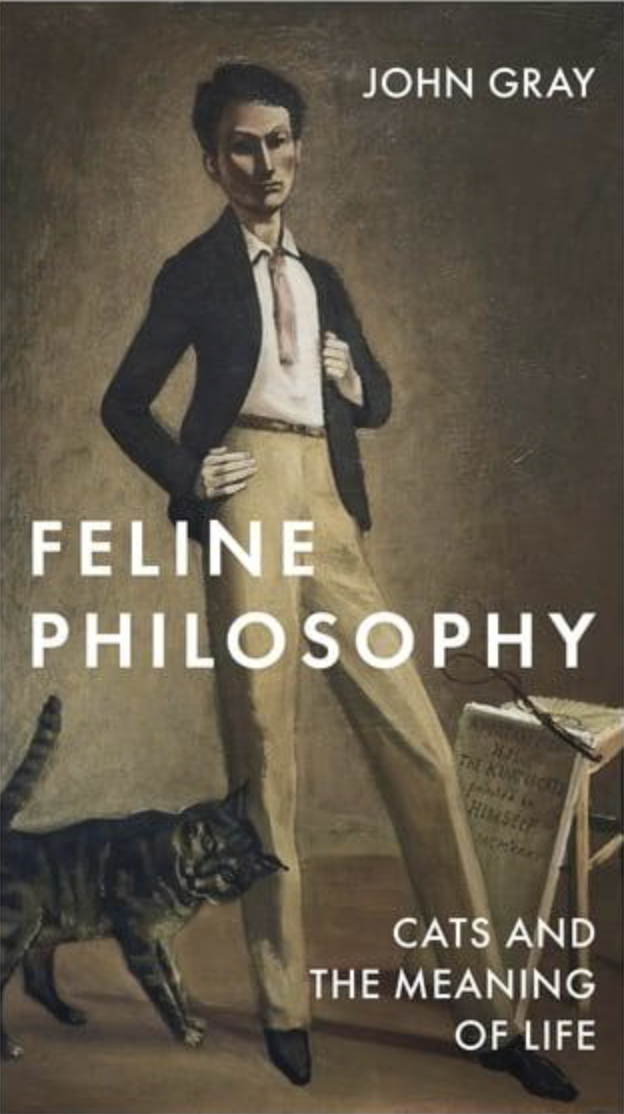
[a note on research and notes]
As we got to discussing at the last Abridged Zoom meeting, we don’t really go in for ‘reviews’ for a number of reasons (reasons I won’t get into now… perhaps another time). In this ongoing research project we’re calling ‘Abridged Ecologies’ we are reading ‘all round ourselves’ as we reflect on the Abridged ‘world’ as art/curatorial environment and what nourishing relationships it has and might have with the wider ‘now’ and creatures and consciousnesses within it, reflecting on and (hopefully) strengthening these shifting relational foundations. We won’t write a post like this about everything we read along the way. So what compels us to write about one book and not another on our trail? Among other things, sometimes it’s just a matter of timing, if we are being honest about it. But sometimes it’s a matter of being particularly tickled by some question it raises, or consolidates, or puts into a new light, something (often something simple) that hooks at the time, for whatever reason. We’re calling these sporadic post-reading ponderings ‘field notes’. Under the surface they are linked to a messy network of ‘research’ (reading, looking, linking, thinking, excessive note-taking) that we hope will manifest variously in one future Abridged burgeoning or another. (And on that note… )
[a note on cats] after Feline Philosophy: cats and the meaning of life by John Grant (Penguin, 2020)
In a process of playful defamiliarization, in Feline Philosophy John Gray looks at humans beside another creature with which we have a deep and close relationship as a species, but one which has not been changed (genetically) by this relationship: cats (of course). In doing so he throws renewed light on what we take for granted in human orientations, beliefs, tendencies and behaviours: philosophy itself, for example, as well as prayer, morality, the drive to make a ‘story’ of our lives, human love that often embraces pain, the assumption that our self-awareness is the highest peak of the universe’s development, our pursuit of happiness (which in itself (Gray paraphrasing Freud) suggests an ‘uncanny sort of misery’ as our day to day state), and our reliance on (and existence via) the deferrals of language. ‘The source of philosophy is anxiety’ and ‘cats are not ruled by words’. Along the way Gray highlights some of the cultural intersections between cats and humans through history, mythology and literature, such as the ritual torture of cats in some Early Modern European societies, and the role of cats in Egyptian culture, taking the reader through a selection of key philosophers/ies and inviting us to look through their lenses to what’s between the human and the cat
Our relationship with cats as a species is something we take for granted, treat lightly. You are a cat person or not: that’s all there is to it. If you are, cats are for the times of unthinking, habit, leisure, relaxation, entertainment (from pets to internet cats). But our truths reside in the mundane, and these areas of domestic pleasure taking (or, for the non cat person, of fear or unease), of the taken-for-granted are the ones we need to pay attention to if we are to learn about being human. From altruism and the pursuit of happiness to love (or hate) of cats, these things we have a tendency to leave in the dark are what I came away from this book reminded to try to look out for.
I myself am a devout cat person (no doubt why I was given Feline Philosophy as a Christmas present this year, and expected it). But this isn’t a declaration of Abridged as a cat-person project. Abridged is interested, among other matters, in points of intersection between the ancient mythological and the contemporary secular in the history of ‘being human’, in doing away with a canon of ‘the important’ and thought-worthy (as opposed to the habitual, leisurely & unserious), fear vs desire, the ambiguity of mortality and of the human position in the universe, our tendency to look back and forward not at the present, the dark side of the pursuit of happiness, and everything we leave lingering in the shadows of our consciousness. If the cat, from ancient Egypt to the GIF, is one habit of our humanity that looking to can help raise and crystalise questions about any of these, and especially about what we are disinclined to notice about ourselves, and if the cat as a representative of life, of absolute presentness devoid of repression, can provide a frame of reference for looking at human fear of death and tendency toward ‘diversion’ in its many forms (as Gray’s text effectively suggests), then to cats (and our other shadow-habits) we should be willing to look.
Further reading on clarifying the human alongside the non-human: Strangers by Rebecca Tamás (Makina Books, 2020)
